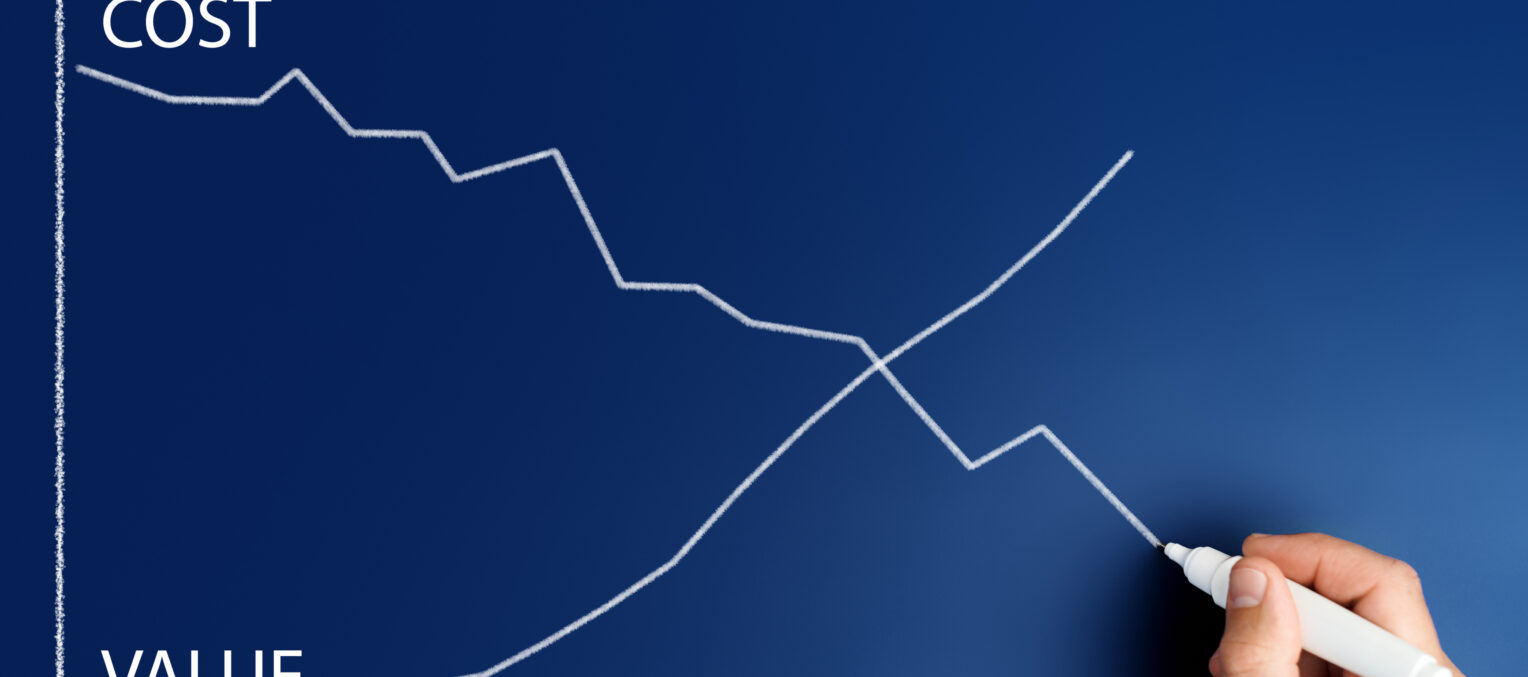
A new scholarly study of economic concentration sheds further light on the flawed nature of the Neo-Brandeisian claim that the United States has a serious “competition problem” due to decades of increasing concentration and ineffective antitrust enforcement (see here and here, for example). In a recent article, economist Yueran Ma—assistant professor at the University of Chicago’s Booth School of Business—found that economies of scale (an efficiency) were associated with a U.S. economy-wide rise in concentration in economic activities (not antitrust markets) and a growth in output over the last century. In particular, Ma explained (emphasis added):
New research observing 100 years of concentration in economic activities and investment in research and development shows that the dominance of large businesses has been increasing for at least a century and, as Marx conjectured, may be a feature of the increasingly stronger economies of scale that accompany industrial development. . . .
To understand the broad historical currents of concentration, we collected financial information of all US corporations by size groups for the past 100 years. . . .
To be clear, our focus is not market concentration for a particular product, which would require defining markets based on consumption activities. Instead, our focus is the business size distribution in the US, namely the extent to which larger businesses dominate in the total volume of production activities across the economy. . . .
The data reveals a persistent rise in the dominance of the top 1 percent and top 0.1 percent of businesses in the US. From 1918 to 1975, the SOI provided size groups sorted by net income (green line with circles). Starting in 1959, the SOI also provided size groups sorted by sales (red line with diamonds). The longest and most comprehensive size groups are sorted by assets, available since 1931 (blue line with triangles). No matter the measure you choose, the long-run increase in corporate concentration is clear. . . .
Just as Stigler, Marx and Lenin had predicted, the reason for increased concentration appears to be economies of scale. Among different industries, we find that the timing and the degree of rising concentration align closely with rising investment in research and development (R&D) and information technology (IT), measured using additional data from the Bureau of Economic Analysis (BEA). These types of investments usually require a certain degree of scale due to upfront spending, while also producing technological changes that enhance economies of scale. Accordingly, we use investment intensity in R&D and IT as a general indicator of firms exploiting economies of scale. . . .
We also find that increases in concentration are positively associated with industry growth. In particular, over the medium term (e.g., twenty years), industries that experience higher increases in concentration are also the ones that experience higher growth in real gross output. Correspondingly, their shares of economic output expand as well. . . .
A[ ] natural question is whether regulatory policies and antitrust enforcement drive the main trends we find. For instance, regulatory restrictions on interstate banking could have a direct impact on the size of banks (and we indeed observe rising concentration in banking when these restrictions were lifted). In most other sectors, we are not aware of policies that align with the patterns of rising concentration in our data. The past century witnessed several regimes of antitrust enforcement—however, rising corporate concentration has been a secular trend throughout these different antitrust regimes. We do not observe a significant relationship between corporate concentration in our data and standard aggregate antitrust enforcement measures, such as the number of antitrust cases filed by the Department of Justice (DOJ) or the budget of the DOJ’s antitrust division. Overall, we do not find evidence that antitrust shapes the economy-wide business size distribution, although it could have a more visible impact on the market for a particular product (which is closer to the domain of antitrust analyses).
Even if higher concentration in production activities comes from economies of scale, some contemporary observers fear that economies of scale will ultimately weaken competition and cultivate monopoly power (Lenin highlighted such concerns as well). Analyzing this question requires reliable measurement of market power. So far, most studies do not find rising markups (the standard measure of market power) before the 1980s, and some argue that markups have increased since the 1980s. Combined with our findings, the evidence suggests that stronger economies of scale does not always lead to stronger market power. It is possible that such a link may exist under certain conditions, and future research could shed more light on this topic.
In broad terms, Ma’s study describes a long-term rise in economic concentration (again, something entirely different from antitrust-relevant market concentration) in tandem with substantial increases in economies of scale and output expansion—overall, a story of long-term welfare enhancement. Antitrust-enforcement levels are not portrayed as significantly related to this trend, and there is no showing that rising economies of scale inevitably enhance market power. (Even possible increases in markups, whose existence has been contested, do not necessarily reflect an increase in market power, see here and here.)
Admittedly, Ma was engaged in a positive analysis of concentration, not a normative assessment. But her research certainly lends no support to the normative neo-Brandeisian notion that a drastic interventionist-minded overhaul of antitrust is required to address major competitive ills. To the contrary, one could logically infer that a dramatic rise in antitrust interventionism is not only uncalled for, but it could threaten the beneficial nature of rising economies of scale and output that have been shown to characterize the U.S. economy. One would hope that this inference would give Congress and U.S. antitrust enforcers pause before they embark on a novel interventionist path.




